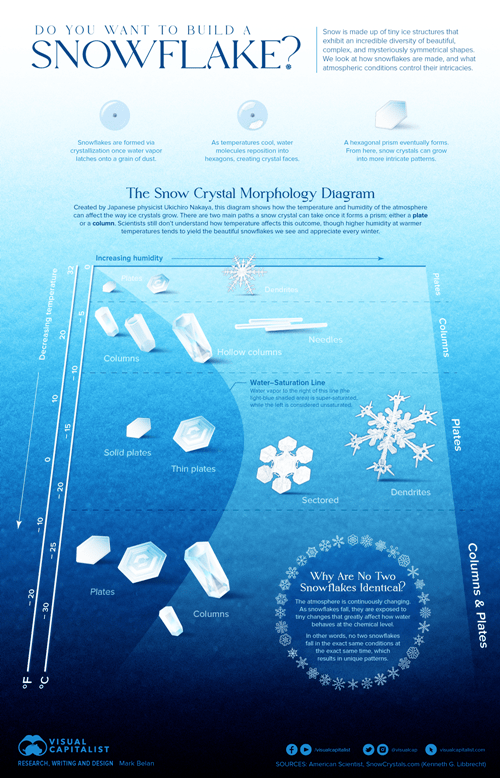Sign up to get all the latest Careers and Education news delivered to you - - >

Menu
- Home
- Guidance
- Parents
- Students
- Accommodation for Third Level Education
- After Exam Review
- Apprenticeships
- Career Events
- Careers of the Future
- Career Videos
- Choosing Your Career
- Climate
- CV Hints and Tips
- Cyber Security Careers
- Definitions of Acronyms
- Grants & Scholarships
- How to Prepare for Open Days
- Maths - Second Chance
- Planning to Study Abroad
- STEM Careers
- Study Methods
- Subject Choice for Students
- Transition Year
- What the Graduates did
- Adults
- Dropout from Courses
- Contact Us
- Newsletters
- FAQ
Close
Menu
- Home
- Sign Up for Newsletter
- Guidance
- Parents
- Students
- Accommodation for Third Level Education
- After Exam Review
- Apprenticeships
- Career Events
- Career Videos
- Careers of the Future
- Climate
- CV Hints and Tips
- Cyber Security Careers
- Definitions of Acronyms
- Grants & Scholarships
- How to Prepare for Open Days
- Maths - Second Chance
- Planning to Study Abroad
- STEM Careers
- Study Methods
- Subject Choice for Students
- Summer Education
- What the Graduates did
- Adults
- Contact Us
- Careers Modules
- Upcoming Career Events
- Dropout from Courses
- Newsletters
- FAQ
- Send Information to Careers News
Close









